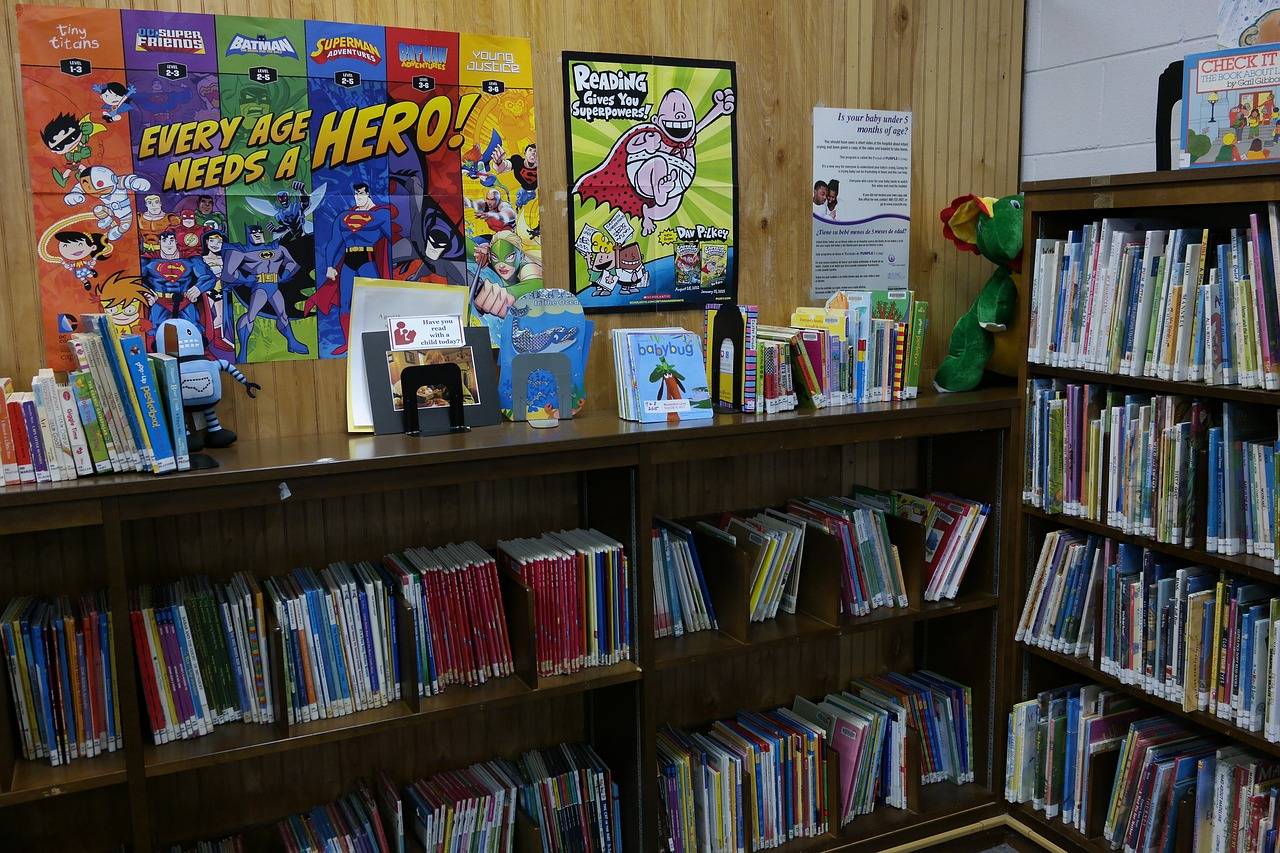Addressing Accessibility Issues in Online Learning Platforms
One prevalent accessibility barrier in online learning platforms is the lack of text equivalents for non-text content such as images, videos, and audio files. When these elements are not accompanied by descriptive text, learners with visual or hearing impairments may struggle to comprehend the information being conveyed. Another common issue is the complexity of navigation structures, where menus, links, and buttons are not clearly labeled or organized in a logical manner. This can make it difficult for users with cognitive or motor disabilities to navigate through the platform effectively, hindering their learning experience.
Understanding the Impact of Accessibility Issues on Learners
“Accessibility issues in online learning platforms can significantly impede the educational experience of learners. When students encounter barriers such as inaccessible content or features, they may struggle to engage with the course material effectively, leading to frustration and a decreased motivation to learn. These challenges can result in lower academic performance and hinder the overall success of students in online learning environments.”
“Furthermore, accessibility issues not only affect students’ academic progress but also have a lasting impact on their confidence and self-esteem. When learners face obstacles in accessing information or participating in activities due to accessibility barriers, they may start to doubt their abilities and feel marginalized within the learning community. This can contribute to feelings of isolation and alienation, undermining the sense of inclusivity and belonging that is essential for a positive learning experience.”
Best Practices for Designing Accessible Online Learning Platforms
When designing online learning platforms, ensuring accessibility for all users should be a top priority. To achieve this, website developers and educators must consider factors such as readability, navigation, and functionality. Text should be easy to read with clear fonts and appropriate color contrast to assist users with visual impairments. Additionally, providing alternative text for images and videos is crucial to make content accessible for those using screen readers.
Another important aspect to consider is the navigational structure of the platform. Implementing clear and consistent menus, headings, and links will help users easily navigate through the content. It is also essential to provide keyboard shortcuts and ensure that the platform is compatible with assistive technologies such as screen readers and voice recognition software. By following these best practices, online learning platforms can ensure that all learners have equal access to educational resources.
What are some common accessibility barriers in online learning platforms?
Some common accessibility barriers in online learning platforms include lack of alt text for images, poor color contrast for text, inaccessible navigation features, and insufficient keyboard navigation options.
How do accessibility issues impact learners?
Accessibility issues can impact learners by creating barriers to accessing content, understanding instructions, and navigating the platform. This can lead to frustration, lower engagement, and decreased learning outcomes.
What are some best practices for designing accessible online learning platforms?
Some best practices for designing accessible online learning platforms include providing alternative text for images, ensuring color contrast for text, implementing keyboard navigation options, and testing the platform with assistive technologies. It is also important to provide multiple formats for content and offer options for customization.






